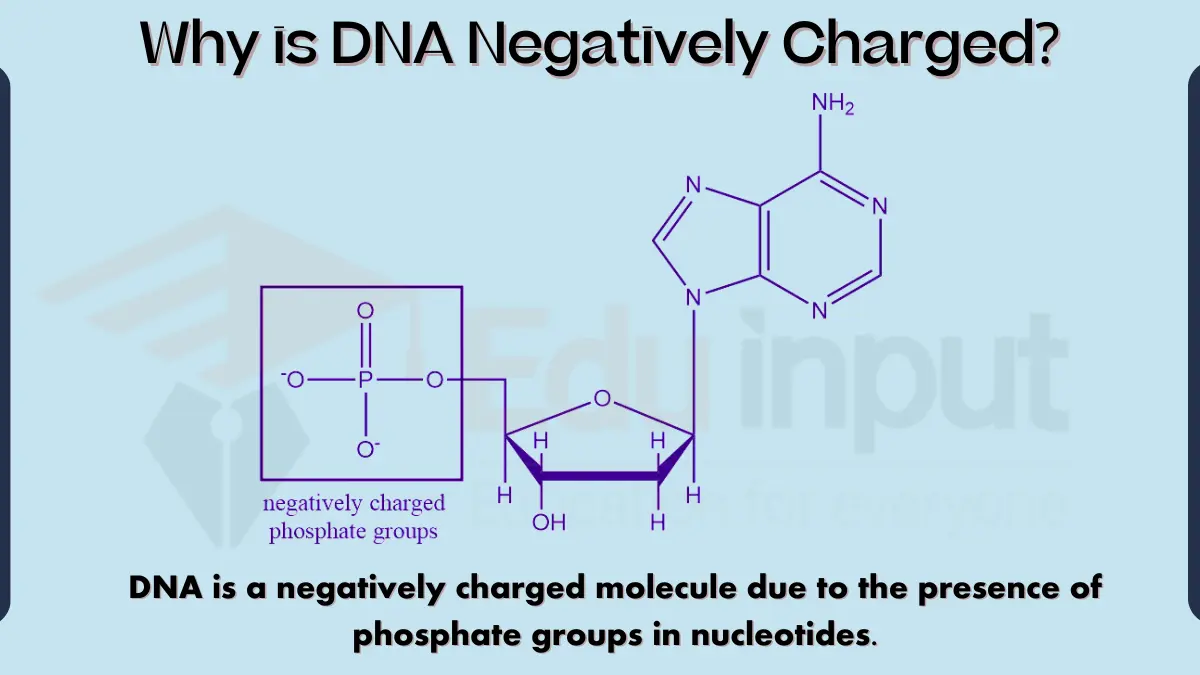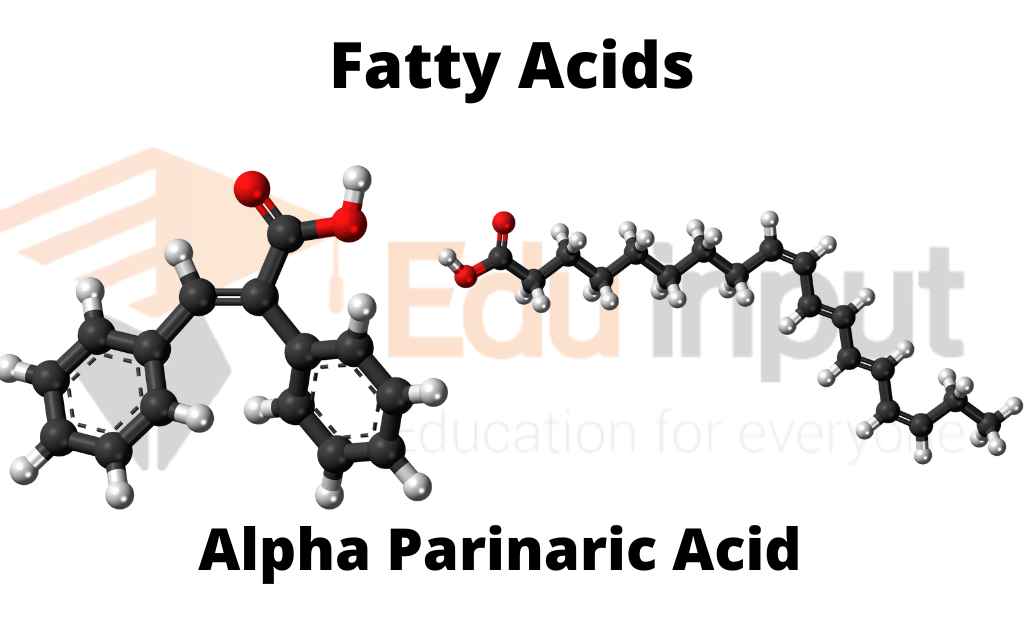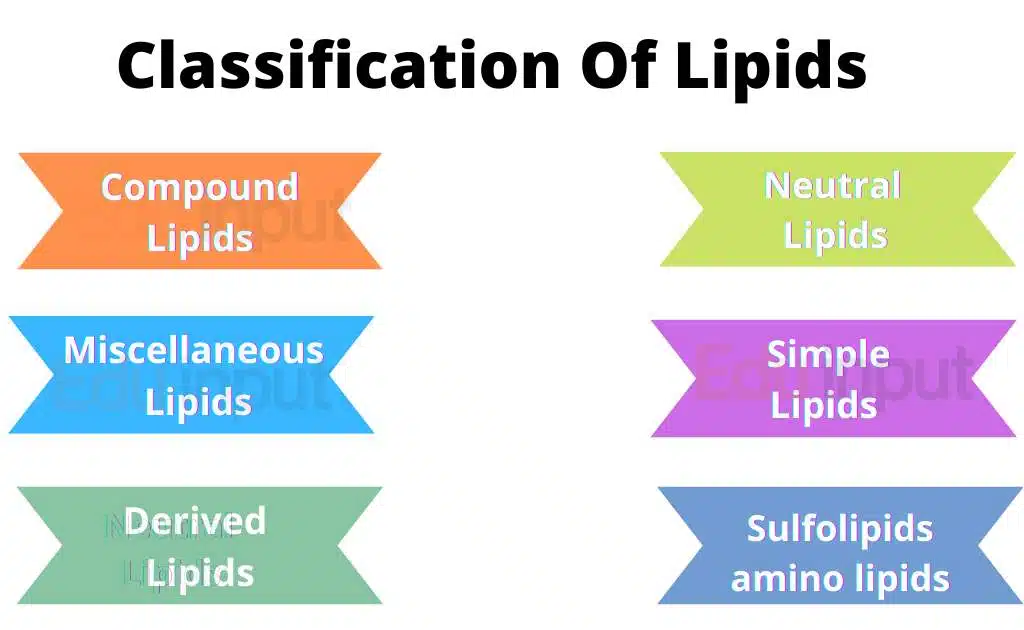Amino Acid-General structure and Classification
Amino acids are a group of organic compounds containing two functional groups— amino and carboxyl. The amino group (—NH2) is basic while the carboxyl group (—COOH) is acidic.
The general structure of amino acids The amino acids are termed D-amino acids, if both the carboxyl and amino groups are attached to the same carbon atom, as depicted below
General Structure Of Amino Acids
The D-carbon atom binds to a side chain represented by R which is different for each of the 20 amino acids found in proteins. The amino acids mostly exist in the ionized form in the biological system (shown above). Optical isomers of amino acids If a carbon atom is attached to four different groups, it is asymmetric and therefore exhibits optical isomerism.
The amino acids (except glycine) possess four distinct groups (R, H, COO–, NH3 +) held by D-carbon. Thus all the amino acids (except glycine where R = H) have optical isomers. The structures of L- and D-amino acids are written based on the configuration of L- and D-glyceraldehyde.
The proteins are composed of L-D-amino acids. Classification of amino acids There are different ways of classifying amino acids based on their structure and chemical nature, nutritional requirement, metabolic fate, etc.
Classification Of Amino Acids
Amino acid classification based on the structure: A comprehensive classification of amino acids is based on their structure and chemical nature. Each amino acid is assigned a 3-letter or 1-letter symbol. These symbols are commonly used to represent the amino acids in protein structure. The 20 amino acids found in proteins are divided into seven distinct groups.
1. Amino Acids With Aliphatic Side Chains:
These are monoamine monocarboxylic acids. This group consists of the most simple amino acids—glycine, alanine, valine, leucine, and isoleucine. The last three amino acids (Leu, Ile, Val) contain branched aliphatic side chains, hence they are referred to as branched-chain amino acids.
2. Hydroxyl Group-Containing Amino Acids:
Serine, threonine, and tyrosine are hydroxyl group-containing amino acids. Tyrosine—being aromatic—is usually considered under aromatic amino acids.
3. Sulfur-Containing Amino Acids:
Cysteine with sulfhydryl group and methionine with thioether group are the two amino acids incorporated during protein synthesis. Cystine, another important sulfur-containing amino acid, is formed by the condensation of two molecules of cysteine.
4. Acidic Amino Acids And Their Amides:
Aspartic acid and glutamic acids are dicarboxylic monoamine acids while asparagine and glutamine are their respective amide derivatives. All these four amino acids possess distinct codons for their incorporation into proteins.
5. Basic Amino Acids:
The three amino acids lysine, arginine (with guanidino group), and histidine (with imidazole ring) are dibasic monocarboxylic acids. They are highly basic in character. 6. Aromatic amino acids: Phenylalanine, tyrosine, and tryptophan (with indole ring). Properties of amino acids The amino acids differ in their physical-chemical properties which ultimately determine the characteristics of proteins.
Physical properties of Amino Acids
1. Solubility: Most amino acids are usually soluble in water and insoluble in organic solvents.
2. Melting points: Amino acids generally melt at higher temperatures, often above 200°C.
3. Taste: Amino acids may be sweet (Gly, Ala, Val), tasteless (Leu), or bitter (Arg, Ile). Monosodium glutamate (MSG; Ajinomoto ) is used as a flavoring agent in the food industry, and in Chinese foods to increase taste and flavor. In some individuals intolerant to MSG, Chinese restaurant syndrome (brief and reversible flulike symptoms) is observed.
4. Optical properties: All amino acids except glycine possess optical isomers due to the presence of asymmetric carbon atoms. Some amino acids also have a second asymmetric carbon e.g. isoleucine, and threonine. The structure of L- and D-amino acids in comparison with glyceraldehyde has been given.
5. Amino acids as ampholytes: Amino acids contain both acidic ( COOH) and basic ( NH2) groups. They can donate a proton or accept a proton, hence amino acids are regarded as ampholytes.







Leave a Reply